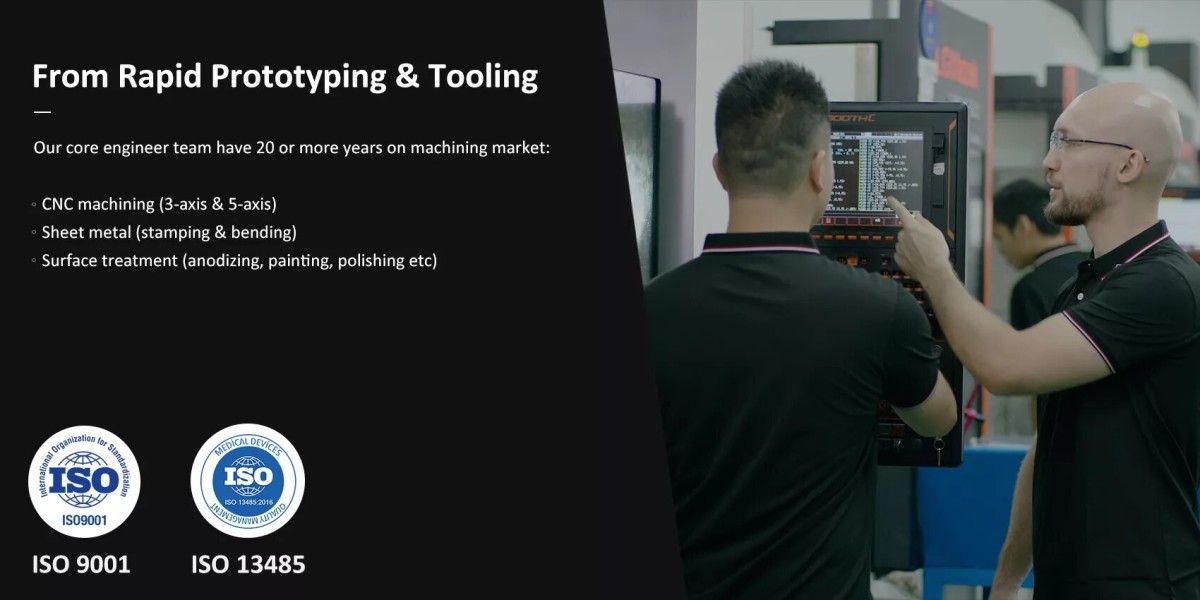The design and Medical Precision Parts: Design And Manufacture play a critical role in the healthcare industry, ensuring the reliability, accuracy, and safety of medical devices and equipment. From surgical instruments to implantable devices, every component must meet stringent quality standards and regulatory requirements. This article delves into the intricacies of designing and manufacturing medical precision parts, highlighting key considerations and best practices.
1. Design Considerations
Designing medical precision parts requires meticulous attention to detail and adherence to specific guidelines:
- Material Selection: Choosing biocompatible materials that meet medical standards is paramount. Common materials include stainless steel, titanium, cobalt-chromium alloys, and medical-grade plastics.
- Dimensional Accuracy: Precision in dimensions is crucial to ensure proper fit and functionality within medical devices and equipment.
- Complex Geometry: Many medical parts, such as orthopedic implants or surgical tools, have intricate geometries that require advanced machining techniques like CNC milling and turning.
- Surface Finish: Smooth surface finishes are essential to minimize friction, prevent bacterial adhesion, and ensure ease of cleaning and sterilization.
- Regulatory Compliance: Designing parts in compliance with FDA regulations, ISO standards, and other regulatory requirements is essential for medical device approval and market acceptance.
2. Manufacturing Processes
Precision manufacturing techniques are employed to fabricate medical parts with exceptional accuracy and consistency:
- CNC Machining: Computer Numerical Control (CNC) machining is widely used for producing complex medical parts with tight tolerances. It offers high precision, repeatability, and versatility in working with various materials.
- Additive Manufacturing: Technologies like 3D printing enable the production of intricate medical components, prototypes, and patient-specific implants with rapid turnaround times.
- Injection Molding: For mass production of medical devices and components, injection molding is utilized to create precise parts from thermoplastic or thermoset materials.
- Surface Treatment: Processes like passivation, anodizing, and electropolishing are employed to enhance the corrosion resistance, biocompatibility, and aesthetic appeal of medical parts.
- Quality Control: Rigorous quality control measures, including dimensional inspections, material testing, and validation protocols, are implemented to ensure the reliability and performance of medical precision parts.
3. Applications of Medical Precision Parts
Medical precision parts find applications across a wide range of medical devices and equipment:
- Surgical Instruments: Precision-crafted instruments such as scalpels, forceps, and retractors are vital for performing surgical procedures with accuracy and minimal tissue trauma.
- Implantable Devices: Orthopedic implants, cardiac stents, dental prosthetics, and pacemaker components are designed and manufactured with precision to ensure compatibility, durability, and long-term functionality within the body.
- Diagnostic Equipment: Parts for diagnostic imaging systems, laboratory equipment, and patient monitoring devices require high precision to deliver accurate results and facilitate medical diagnosis and treatment.
- Drug Delivery Systems: Precision parts in drug delivery systems, including syringes, infusion pumps, and inhalers, ensure accurate dosing and administration of medications to patients.
4. Challenges and Innovations
The field of medical precision parts faces several challenges and ongoing innovations:
- Miniaturization: Advancements in micro-machining and nano-manufacturing techniques enable the production of miniaturized medical parts for minimally invasive procedures and implantable devices.
- Biocompatibility: Developing new materials and surface coatings with enhanced biocompatibility and bioactivity improves the integration of medical devices with biological tissues.
- Smart Technologies: Integration of sensors, actuators, and microelectronics into precision parts enables the development of smart medical devices for real-time monitoring and personalized healthcare.
- Quality Assurance: Implementing advanced inspection technologies, such as optical metrology, CT scanning, and digital microscopy, enhances quality control and validation processes for medical parts.
5. Conclusion
The design and manufacture of medical precision parts represent a cornerstone of modern healthcare, driving innovation, patient outcomes, and quality of life. By leveraging advanced design techniques, precision manufacturing processes, and adherence to regulatory standards, medical device manufacturers can deliver safe, effective, and reliable products to healthcare providers and patients. At Jucheng Precision, we are committed to excellence in medical precision parts, utilizing state-of-the-art technologies and industry expertise to meet the evolving needs of the medical industry and contribute to advancements in healthcare


